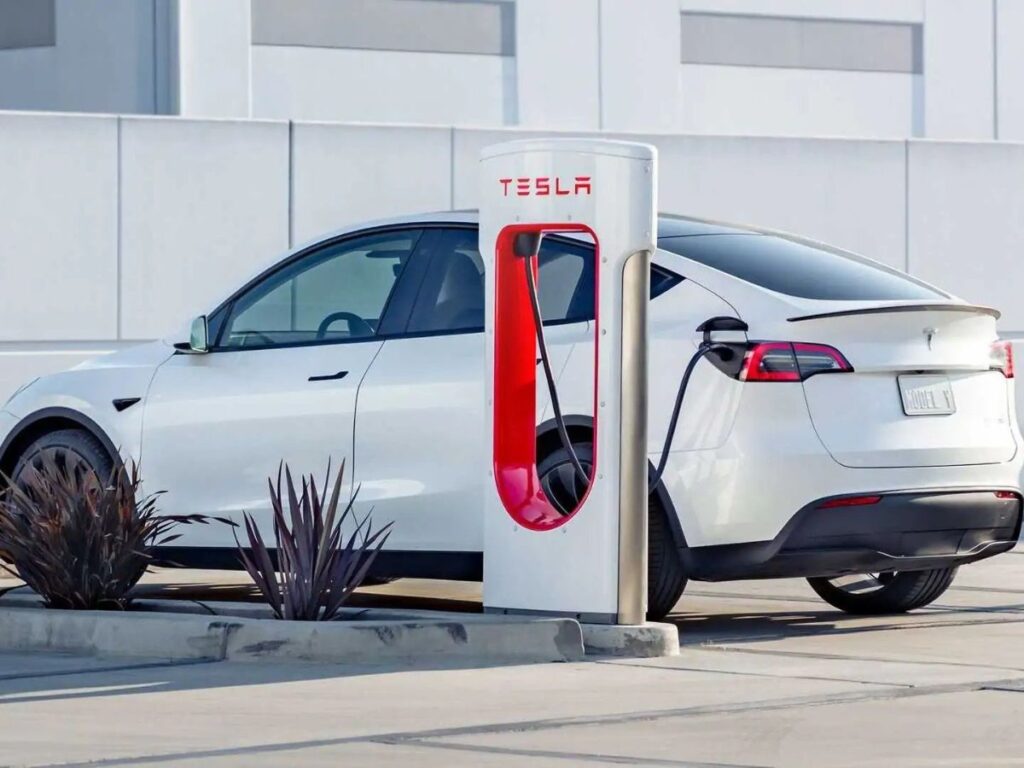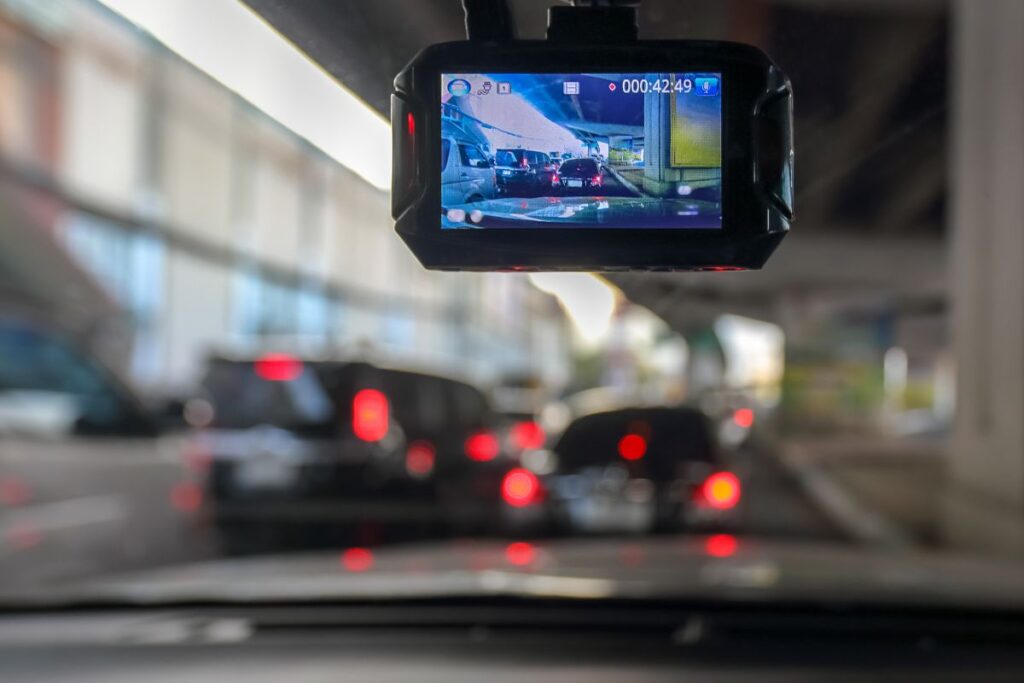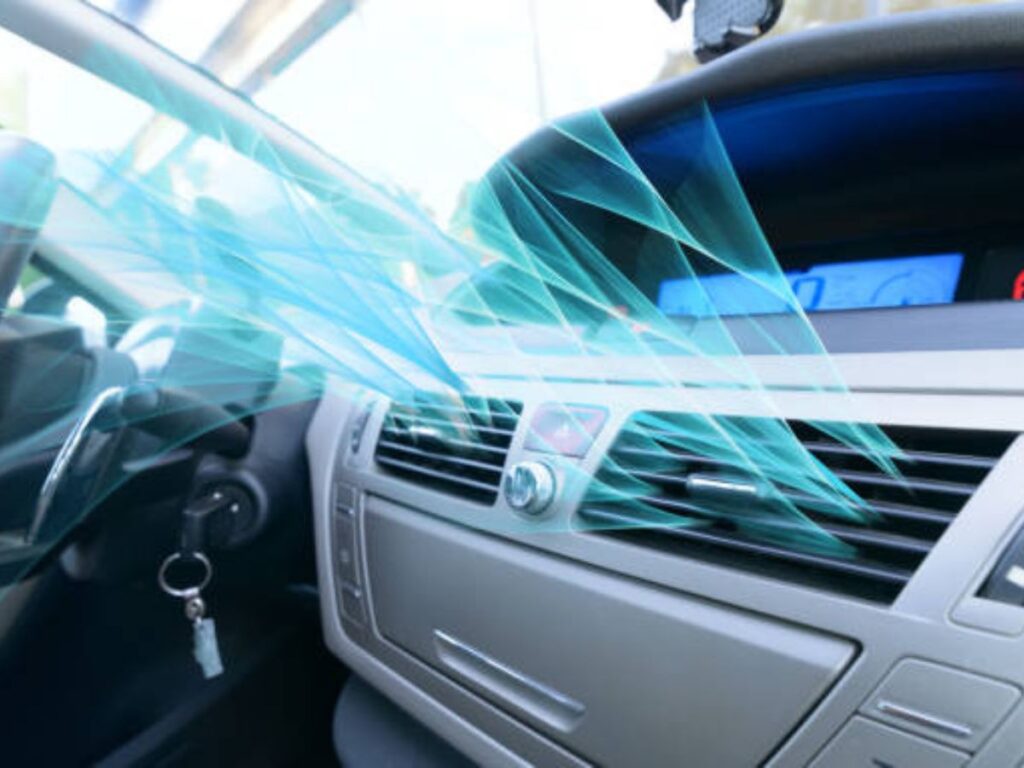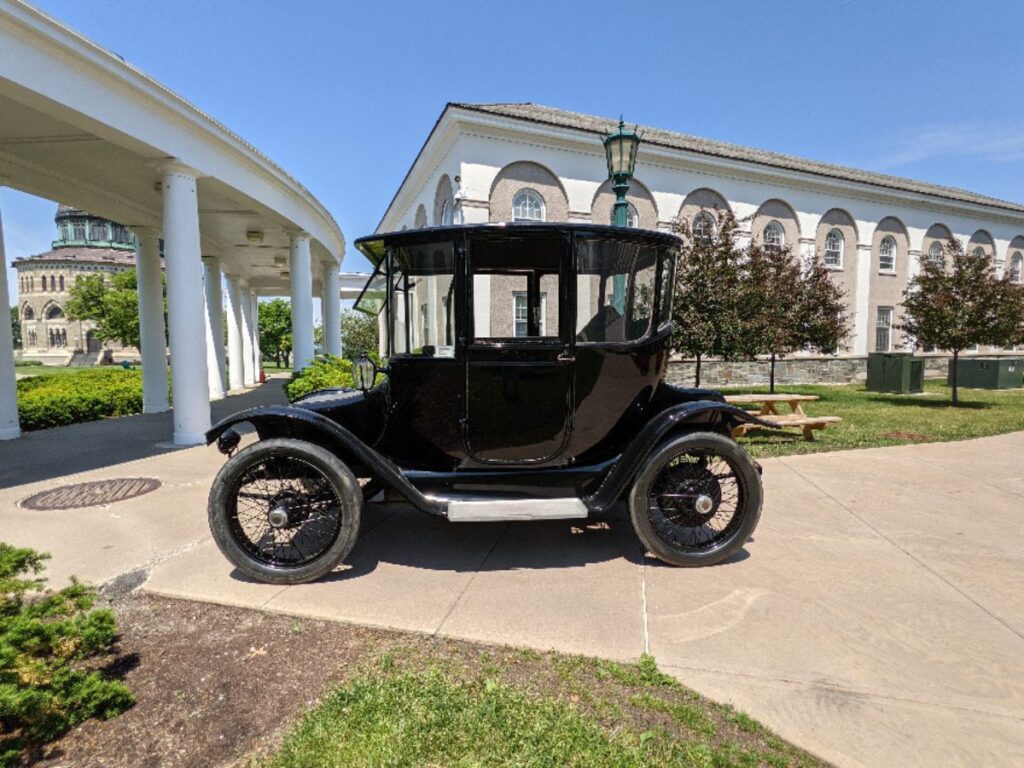In recent years, electric cars (EVs) have grown in popularity, with Tesla leading the way in revolutionizing the automotive sector. One of the most often asked questions by prospective Tesla owners is, “How long does it take to charge a Tesla?”
However, in this post, we will look at the numerous elements that determine Tesla charging timings, the various charging choices available, and the charging durations for various Tesla models.
Table of Contents
ToggleHow Long Does It Take To Charge A Tesla: Understand Tesla Charging Times

1. Battery Capacity
The charging time for a Tesla is determined mainly by the capacity of the battery. Tesla automobiles are available with a variety of battery options, including Standard Range, Long Range, and Performance variants.
However, the longer it takes to fully charge a battery, the larger its capacity. A Tesla Model S with a Long Range battery pack, for example, has bigger power than a Model 3 with a Standard Range battery pack, resulting in longer charging times.
2. Level of Charging
Tesla vehicles may be charged at three different levels: 1, 2, and 3 (also known as DC fast charging). Level 1 charging includes utilizing a conventional household outlet, but Level 2 charging requires the use of a specialized charging station.
Furthermore, Level 3 charging makes use of high-power charging stations that are deployed along roads or at Tesla Supercharger stations. The charge level has a considerable impact on the charging time.
Types of Tesla Car Chargers

1. Charging for Tesla using NEMA 5-15
The slowest Tesla EV charger available is the NEMA 5-15 charger, which plugs into a regular wall socket. It adds about 3 miles of range every hour of charging with a normal NEMA 5-15 Tesla charger. This kind of charging station is ideal for overnight use at home.
2. Charging for Tesla using NEMA 14-50
The 240-volt electrical socket that your clothes dryer or other appliances use is the same one that the NEMA 14-50 charger for Tesla electric automobiles plugs into. Using a standard Tesla charger with a NEMA 14-50 connector, you can completely charge your Tesla battery in 10 (Model S) to 12 (Model Y long-range) hours.
3. Wall plugs for Tesla
As an “upgrade” from the generic charging cord that comes with your Tesla when you buy it, Tesla provides at-home wall connector charging stations. You can install a wall connector in your home with the assistance of an electrician so that you can charge your Tesla Model S, Model S Plaid, or Model X there. Your Tesla Model S or Model X battery can be fully charged with a wall hookup in 6 to 9 hours or 6.5 to 10 hours, respectively.
4. EV Charging Stations
Tesla customers can take their Model S or Model X on a road trip and rapidly charge their vehicles using the widespread network of Tesla Supercharger stations across the country. Only Tesla automobiles can use supercharger stations.
Moreover, the fastest charging rate is possible while utilizing a Tesla Supercharger station, which allows you to fully charge your car in an hour to an hour and a half.
Learn More About: Tesla And BMW Collaboration
Comparing Home Charging With Charging At a Supercharger Station
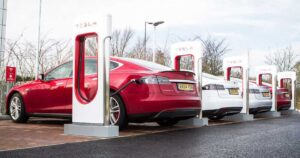
Being able to charge your car at home with a conventional 120-volt outlet, more quickly at a 240-volt Level 2 charger, or a Tesla Supercharger station is one of the advantages of owning a Tesla. It’s convenient and secures to charge at home. Using a Level 1 home charger to charge a Tesla vehicle is not advised because it charges too slowly. A Level 2 home charging station is a preferable choice.
However, a home Level 2 charger requires more time for charging as compared to a Tesla Supercharger which offers DC fast charging. However, since most EV drivers plug in their cars at night, they wake up to fully charged Teslas, making DC fast charging unnecessary.
The fact that there are only roughly 1,500 Tesla Supercharger stations in the United States. It is another factor supporting the argument that home charges are preferable for Tesla drivers. Not all of them are necessarily accessible or even in use.
How long does the battery in a Tesla car last?
With a capacity of 262 miles, the Model 3’s lesser Tesla battery can travel 262 miles on a single charge. The Model S battery’s maximum range per complete charge is 405 miles.
It is essential to note that these numbers are not always accurate. Therefore, you must always be proactive about charging your Tesla. How you drive, the type of road you’re on (highway vs. backroad), and the size/model of your battery all affect your gas mileage. Several factors may affect the distance your battery can carry you.
Additionally, the longevity of a Tesla automobile battery may vary based on several factors. Also similar to the range for a single charge. In general, Tesla batteries last between 300,000 and 500,000 miles. However, which is equivalent to 21 to 35 years based on the typical annual mileage of Americans.
Know More: How Much Does A Tesla Weigh
Charge Your Tesla With Solar And Reduce Your Fuel Costs To zero
When you purchase an electric vehicle, the cost of the power you use to charge. The battery of the vehicle equals the cost of fuel. You may completely go without using any electricity from the grid by pairing your EV with home solar panels.
However, the result is inexpensive, emissions-free electricity for your home and vehicle. In just seven and a half years, the typical EnergySage Solar Marketplace customer achieves financial break-even on their solar investment. However, solar panels continue to provide usable electricity for over 25 years.
Conclusion of How Long Does It Take To Charge A Tesla:
In conclusion of how long does it take to charge a Tesla, first and foremost, the charger utilized makes a big effect. You can charge your vehicle to 80% with a Supercharger in around 30 minutes. Second, the Tesla model’s battery size has an impact on how long it takes to charge. Larger batteries take longer to fully charge than smaller ones do.
Moreover, the current charge level also has an impact. An almost-empty battery will require more time to charge than one that is halfway full. Last but not least, temperature and environmental factors might affect charging speed. To establish how long it takes to charge a Tesla, it’s crucial to take into account these aspects.
